|
Expeditions: Rocas Atoll
Between last May and June took place the yearly expedition of the PELD-ILOC (Long-Term Ecological Research
Program) to Rocas Atoll (03°50’S, 33°49’W). This year, the team was formed by Dr. Thiago Mendes (LECAR),
M.Sc. Amana Garrido (UFRJ), Renan Ozekoski (UFSC) and Jarian Dantas (ICMBio).
With a total area of ca. 5.5 km2, this unique atoll in the Atlantic Ocean is located 230 km off Brazilian NE coast and
represents the oldest Marine Biological Reserve in Brazil, being protected for more than 20 years. This long-term
protection and the distance from the coast ensures Rocas Atoll as one of the most well-preserved sites in the South
Atlantic presenting high biomass of fishes (especially top predators, such as sharks and snappers), high coral
cover, also being one of the most important spawning areas of the green turtle Chelonia mydas in the Atlantic.
The main objective of this expedition was to perform the annual monitoring of reefal components and the activities
included underwater visual censuses to assess reef fish assemblages, photoquadrats for the benthic community,
collection of coral to characterize the associated zooxanthellae community, collection of sediment and ascidians for
analysis of associated microbiota, and sampling of crustaceans such as Grapsus grapsus and shrimps. Coral
health was also assessed and the consequences of the 2016 bleaching was evaluated. Besides, other activities
were performed such as collection of zoanthids for stable isotope analysis, collection of fish for gut content analysis,
collection of algae for bioprospection and secondary metabolites analyses, herbivory assays, experiments of
coral-algal contact, and coral transplants to test transcriptome responses associated with environmental stress.
The research conducted by our group is generating important information for this unique system and will also
contribute for the management and protection of this region. We expect that Rocas Atoll will keep serving as a
model MPA in Brazil not only for its ecological importance, but also for its near-pristine condition.
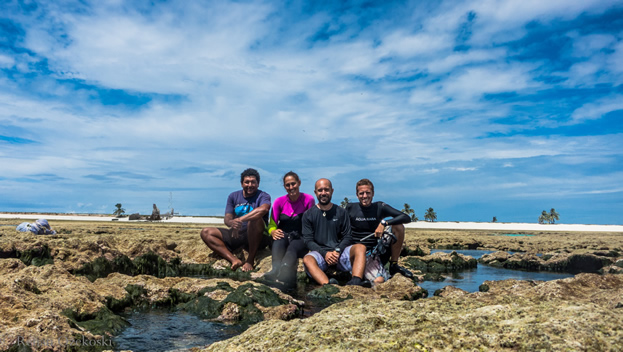
PELD team. From left to right: Jarian Dantas (ICMBio), Amana Garrido (UFRJ), Thiago Mendes (UFRJ) and
Renan Ozekoski (UFSC).
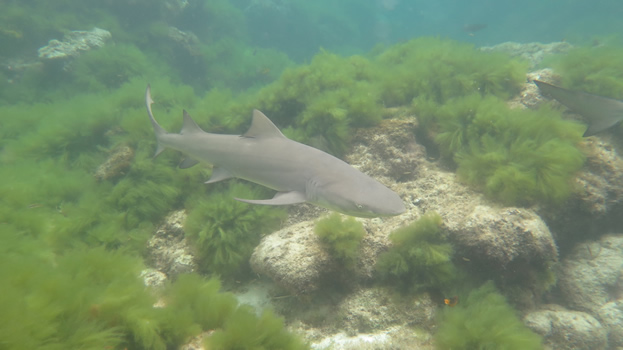
Lemon shark (Negaprion brevirostris) use the atoll as an important nursery area.
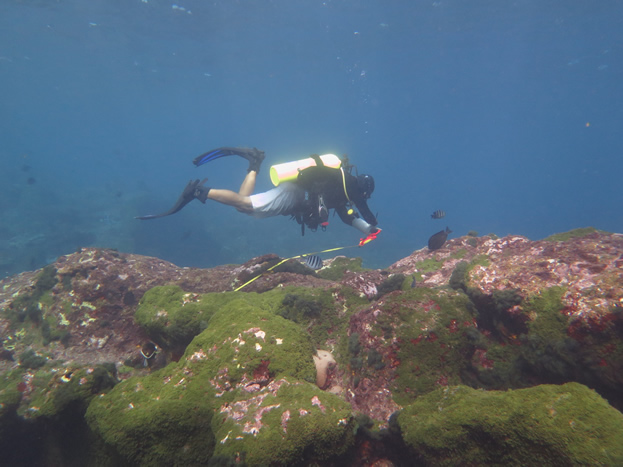
Diver performing underwater visual census to assess reef fish assemblages.
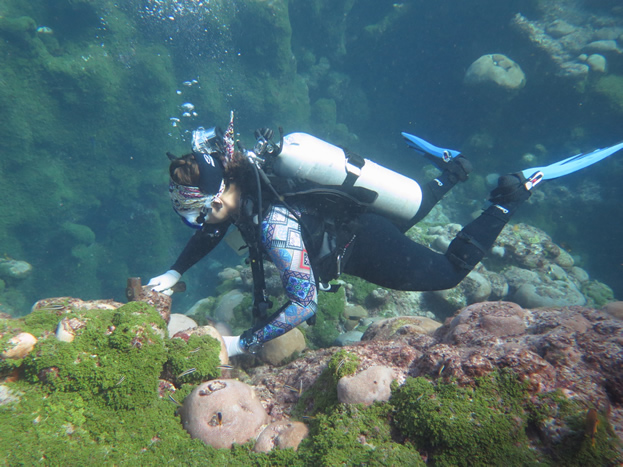
Collecting corals to characterize the associated zooxanthellae community.
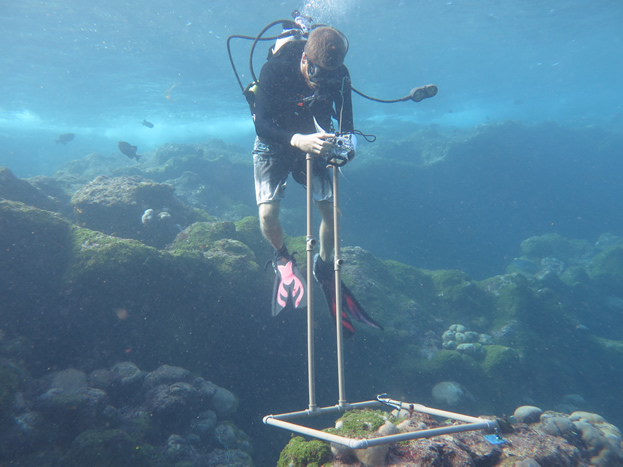
Photoquadrats are used to evaluate the benthic community and monitor coral health.
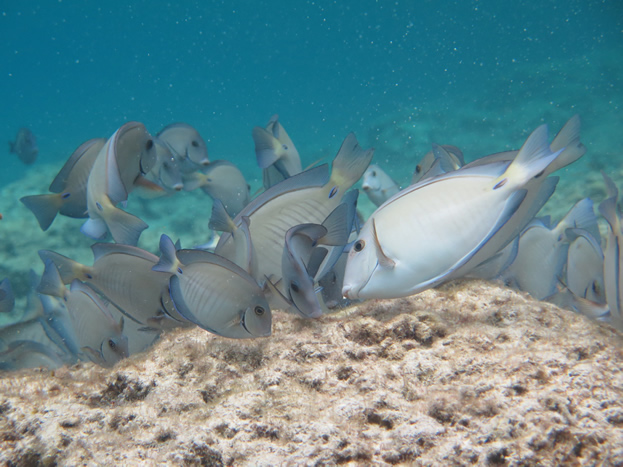
School of Acanthurus chirurgus feeding on turfing algae. Surgeonfishes are among the most important
herbivorous fishes in the atoll.
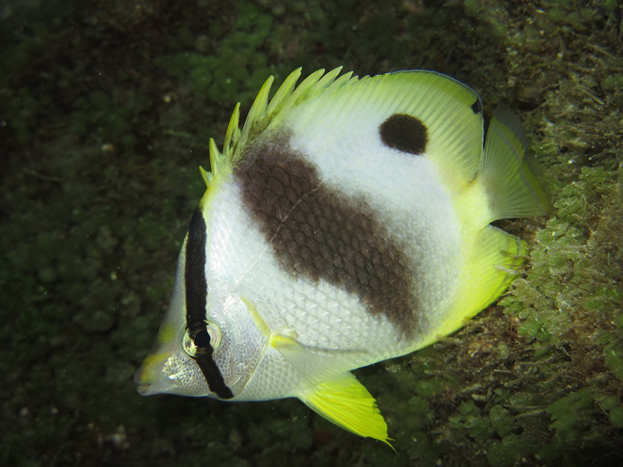
Night coloration of Chaetodon ocellatus.
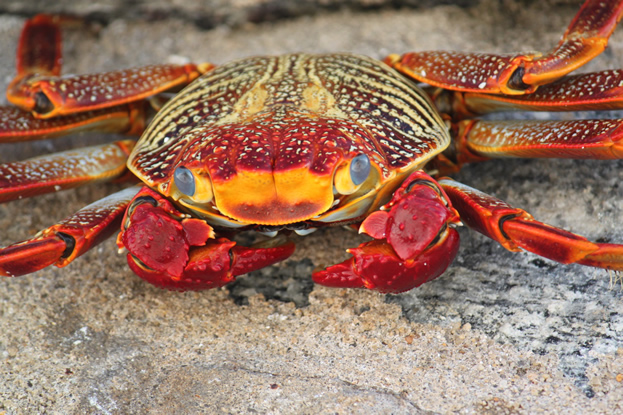
The rock crab Grapsus grapsus is a conspicuous crustacean in intertidal zones.
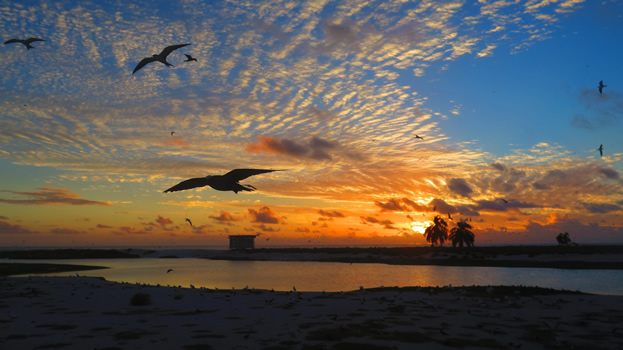
Sunset from Rocas Atoll.
Written by Thiago Mendes and Amana Garrido |


















